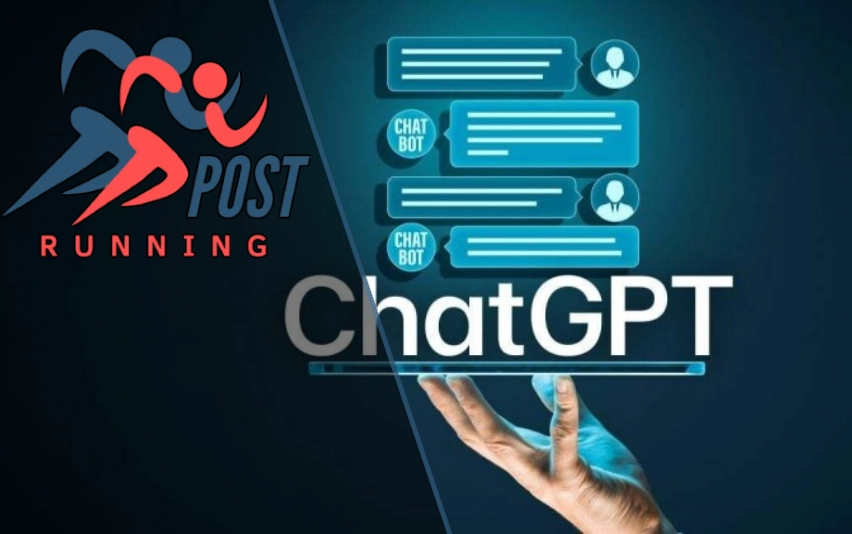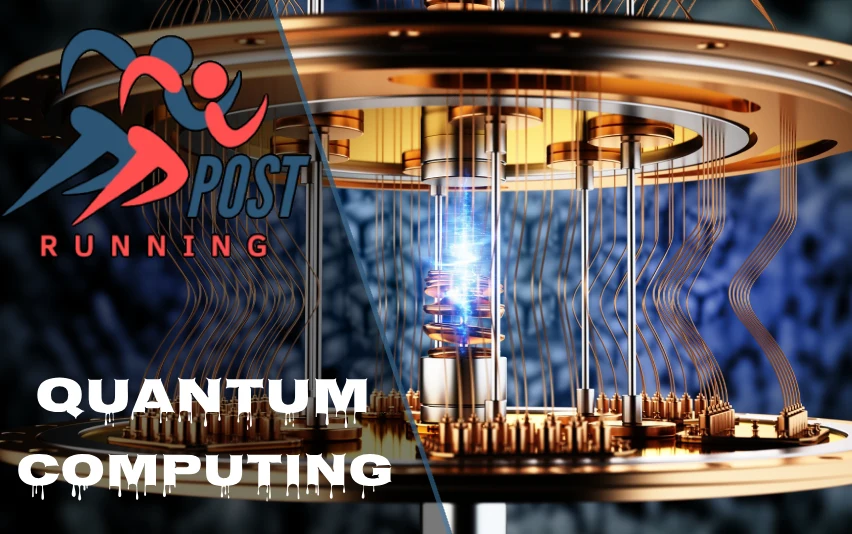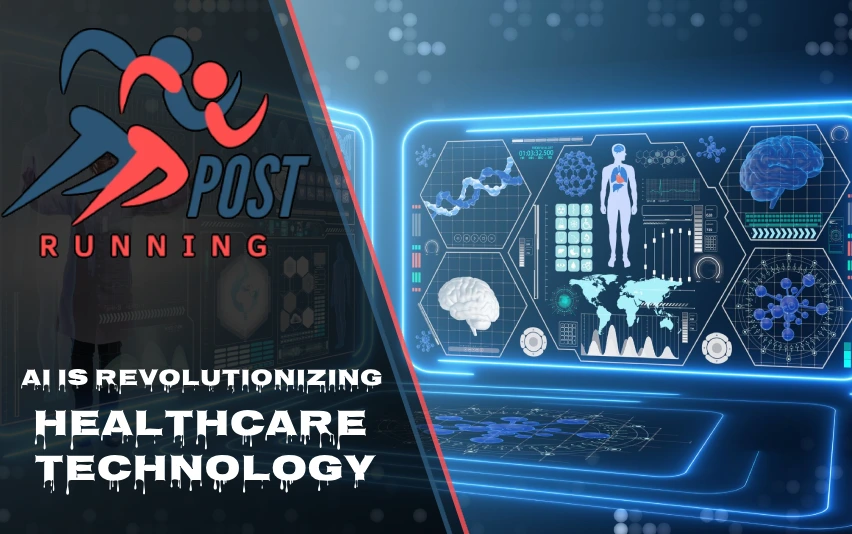ChatGPT is revolutionizing the field of Natural Language Processing (NLP) and artificial intelligence. This advanced language model is reshaping how we interact with AI, understand language, and process information. In this article, we’ll explore how ChatGPT is changing natural language AI and its profound impact on various aspects of technology and communication.
Introduction
Imagine having a conversation with a computer that feels just like talking to a human. That’s the power of ChatGPT, an AI language model that’s changing the game in natural language processing. Developed by OpenAI, ChatGPT is making waves in the AI world, pushing the boundaries of what’s possible in machine-human interaction.
ChatGPT isn’t just another chatbot. It’s a sophisticated AI system that understands context, generates human-like responses, and can handle a wide range of tasks. From writing essays to coding, from answering questions to creative storytelling, ChatGPT is showing us a glimpse of the future of AI.
But how exactly is ChatGPT changing natural language AI? Let’s dive in and explore this fascinating technology.
What is ChatGPT?
At its core, ChatGPT is an advanced language model. But what does that mean? Think of it as a super-smart computer program that’s been trained on vast amounts of text data. It’s like a digital brain that’s read millions of books, articles, and web pages, and can use that knowledge to understand and generate human-like text.
ChatGPT is part of the GPT (Generative Pre-trained Transformer) series developed by OpenAI. It’s the latest in a line of increasingly sophisticated AI models, each building on the strengths of its predecessors. The ‘Chat’ in ChatGPT stands for its ability to engage in conversational interactions, making it more user-friendly and versatile than earlier models.
How ChatGPT Works
To understand how ChatGPT is changing natural language AI, we need to peek under the hood. ChatGPT uses a complex architecture called a transformer, which allows it to process and understand language in a way that’s similar to how humans do.
The secret sauce is something called self-attention. This mechanism allows ChatGPT to consider the context of each word in relation to all other words in a sentence or paragraph. It’s like how we humans understand that “bark” means something different when talking about a tree versus a dog.
ChatGPT goes through two main phases: pre-training and fine-tuning. In pre-training, it learns from a vast amount of text data, picking up patterns and relationships between words and concepts. Fine-tuning is where it’s trained on more specific tasks, like conversation or question-answering.
When you input text, ChatGPT breaks it down into tokens (parts of words or punctuation marks) and uses probability to predict what should come next. It’s like a super-advanced version of autocomplete, but for entire conversations or documents.
Key Features of ChatGPT
So, how is ChatGPT changing natural language AI? Its key features give us some clues:
- Natural language understanding: ChatGPT can grasp the nuances of human language, including context, tone, and even some forms of humor.
- Coherent responses: It can generate responses that not only make sense but also maintain consistency over long conversations.
- Versatility: From creative writing to technical explanations, ChatGPT can handle a wide range of tasks and topics.
- Contextual awareness: It can remember and refer back to earlier parts of a conversation, much like a human would.
These features allow ChatGPT to engage in more natural, human-like interactions than previous AI models. It’s not just responding with pre-programmed answers, but actually understanding and generating language in a more sophisticated way.
Advancements in NLP through ChatGPT
ChatGPT is pushing the boundaries of what’s possible in natural language processing. Here’s how it’s changing the game:
- Improved language generation: ChatGPT can produce text that’s often indistinguishable from human-written content. This is a huge leap forward in NLP.
- Enhanced understanding: It doesn’t just generate text; it understands context and nuance in ways that previous models couldn’t.
- Conversational abilities: ChatGPT can maintain coherent, context-aware conversations over multiple exchanges, a challenging task for AI.
- Speed and accuracy: It can process and respond to inputs much faster than a human, while maintaining a high degree of accuracy.
These advancements are opening up new possibilities in how we interact with AI and how AI can assist us in various tasks.
Applications of ChatGPT
The impact of ChatGPT on natural language AI is evident in its wide range of applications:
- Content creation: From blog posts to marketing copy, ChatGPT can assist in various writing tasks.
- Customer service: ChatGPT-powered chatbots can handle customer queries more naturally and effectively.
- Education: It can explain complex concepts, answer questions, and even help with homework.
- Programming: ChatGPT can assist in coding tasks, explaining programming concepts, and even debugging code.
- Language translation: While not its primary function, ChatGPT shows promise in assisting with language translation tasks.
These applications show how ChatGPT is changing natural language AI from a niche technology to a widely applicable tool that can enhance various aspects of our work and daily lives.
Limitations and Challenges
Despite its impressive capabilities, ChatGPT isn’t without its limitations:
- Potential biases: Like any AI trained on human-generated data, ChatGPT can reflect and amplify biases present in its training data.
- Lack of real-time information: Earlier versions of ChatGPT don’t have access to current events or real-time information.
- Occasional inaccuracies: While generally reliable, ChatGPT can sometimes produce incorrect or nonsensical responses.
- Ethical concerns: There are worries about the potential misuse of such powerful language models, from generating fake news to impersonating individuals.
Addressing these challenges is crucial as we continue to integrate ChatGPT and similar models into our digital ecosystem.
Current Developments and Future Prospects
The field of natural language AI is evolving rapidly, with ChatGPT at the forefront. Current developments include:
- Improved context retention: Newer versions aim to handle even longer conversations and documents more effectively.
- Enhanced reasoning: Efforts are underway to improve ChatGPT’s ability to perform complex reasoning tasks.
- Bias reduction: Researchers are working on methods to minimize biases in language models.
- Emotional intelligence: Future versions may better understand and respond to emotional cues in language.
These developments suggest that ChatGPT and similar models will continue to push the boundaries of what’s possible in natural language AI.
Conclusion
ChatGPT is undoubtedly changing natural language AI in profound ways. It’s bringing us closer to the dream of truly natural human-computer interaction, opening up new possibilities in fields ranging from education to customer service, from content creation to scientific research.
As we’ve seen, ChatGPT’s ability to understand context, generate coherent responses, and handle a wide range of tasks is pushing the boundaries of what we thought was possible with AI. It’s not just answering questions or following commands; it’s engaging in genuine dialogue, understanding nuance, and even showing creativity.
However, as with any powerful technology, it’s crucial to approach ChatGPT and similar models with both excitement and caution. We must continue to address challenges like bias and potential misuse while harnessing the incredible potential of these tools.
The journey of how ChatGPT is changing natural language AI is far from over. As this technology continues to evolve, it promises to reshape how we interact with computers, process information, and even how we think about intelligence itself. The future of AI is here, and it speaks our language better than ever before.
Discover more fascinating insights—explore Running Posts Today.















